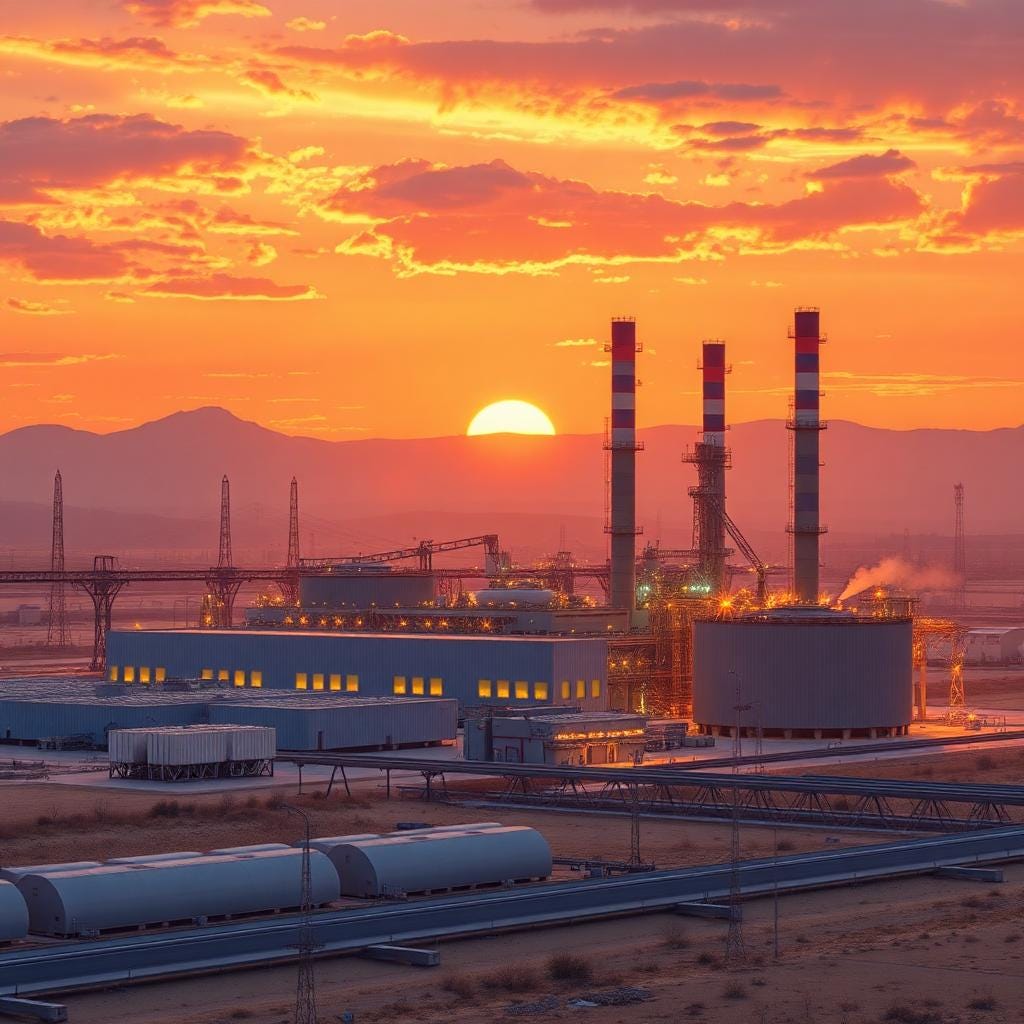Daqo New Energy (DQ US)
Deep Value Oligopolist at the cusp of Industry Inflection...
Introduction
Daqo New Energy (US$1.4b mkt cap, US$2b net cash) is a deep-value/special situation inflection play. It is one of the top polysilicon producers in China (~20% market share). Polysilicon is the high-purity form of silicon used in solar panels to create photovoltaic cells, which convert sunlight into electricity. No matter how you slice and di…
Keep reading with a 7-day free trial
Subscribe to Apeconomics to keep reading this post and get 7 days of free access to the full post archives.


